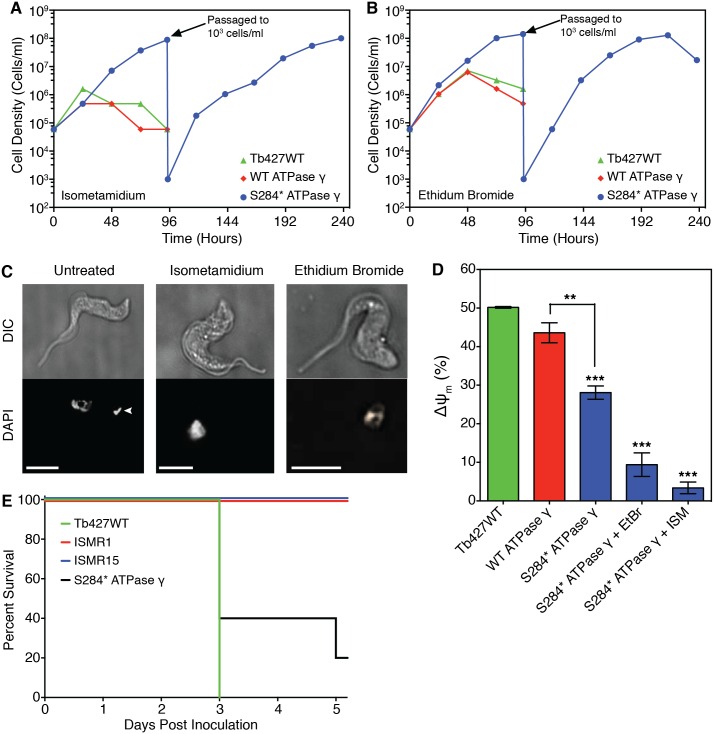Fig 4. Characterisation of S284* mutation in ATP synthase subunit γ identified in ISM resistant ISMR1 and ISMR15 trypanosomes.
Tb427WT trypanosomes were genetically manipulated to replace one allele of subunit γ with either a version that contained the S284* mutation or another wild type copy as a control, and then cultured in the normally lethal concentration of either 20 nM ISM or ethidium bromide (Panels A-D). (Panels A and B) Growth of the genetically modified trypanosome strains in the presence of ISM (A) or ethidium bromide (B) alongside the parental Tb427WT cell line. (C) Fluorescence microscopy of DAPI-stained S284* subunit γ expressing trypanosomes before and after 7 days exposure to ISM or ethidium bromide. The white arrowhead indicates the kinetoplast (absent in the drug-treated cells); the white scale bar represents 5 μm. (D) The mitochondrial membrane potential (ΔΨm) of S284* subunit γ expressing trypanosomes, treated and untreated with ISM or ethidium bromide (EtBr) for 7 days compared to an otherwise isogenic strain expressing non-mutated subunit γ and the parental Tb427WT cell line. Data presented is the mean with SEM; **, P-values <0.01; ***, P-values <0.001 (Student’s t-test, n≥3), relative to Tb427WT unless otherwise indicated. (E) The in vivo virulence of the ISM resistant ISMR1 and ISMR15 cell lines as well as the S284* subunit γ expressing strain with the parental Tb427WT as a control. Five mice were inoculated intraperitoneally for each trypanosome strain and monitored daily for parasitaemia, with those mice reaching terminal parasitaemia euthanized. Data presented shows percentage of surviving mice in each cohort.

